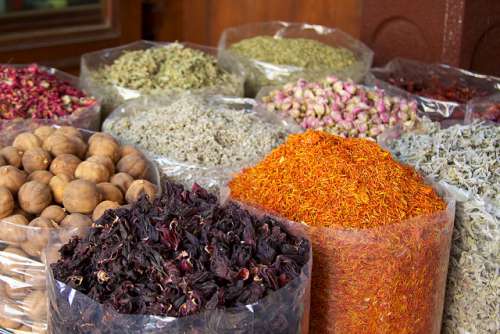2 to 3 percent of people around the world are affected by spice allergy. Read on the below article to know its symptoms and steps to treat.

Most people will be delighted to have spicy food, but there are few people who experience adverse reaction after ingesting it.
Mild signs like sweating and runny nose aren’t allergic reaction. According to experts they are symptoms of food sensitivity.
Symptoms of spice allergy are mild, in rare cases person may experience severe signs of the reaction.
All food substances that belong to spice family may trigger allergic reaction. These harmless ingredients are mistakenly detected as a threat by immune system. So, in order to thwart them out of the body it releases IgE antibodies and a chemical reaction is triggered.
Spice Allergy Symptoms
Cayenne to paprika all forms of peppers may cause mild to severe allergic symptoms.
However, experts say that hypersensitive person isn’t sensitive to pepper itself but towards plant’s pollen. Another allergen found is profilin, a protein housed in most peppers.
There are few peppers that don’t include this particular protein. So, hypersensitive people may ingest them (but ask your allergist before including it to your diet).
Apart from pepper allergen itself, you can also be sensitive towards other foods substances that include identical protein structure or through pollen.
Chestnuts and peanuts, which are packed with common allergens may trigger allergic reaction in sensitive people.
Symptoms include hives, swelling of throat, rapid heartbeat, diarrhea, swelling of lips, burning sensation down the throat and in intestines.
In rare cases spice allergy may also cause anaphylaxis condition. Asthma, difficulty in breathing and fainting are few life-threatening situations that need immediate medical attention.
Foods and other daily used products that include spice or other allergens must be avoided.
Sauces, condiments and soybean curd in Chinese restaurants include these allergic ingredients. So, you must avoid them if you’re allergic.
Diagnosis
It’s very difficult to confirm the allergen. Often people misunderstand food intolerance and sensitive to allergy. So, you must get diagnosed to confirm the allergen.
Skin-prick test conducted by an allergist will determine the availability of IgE antibodies.

